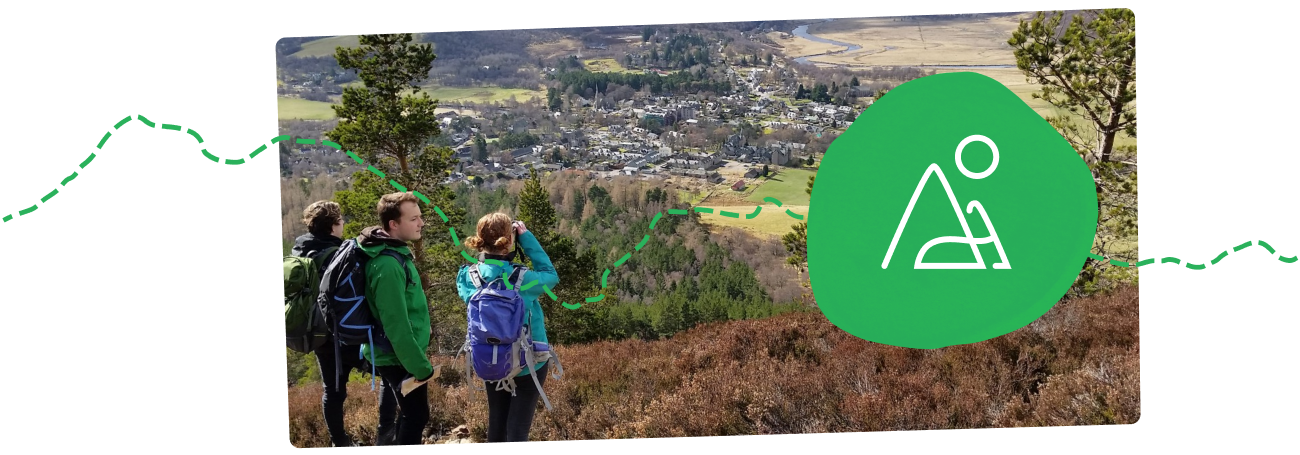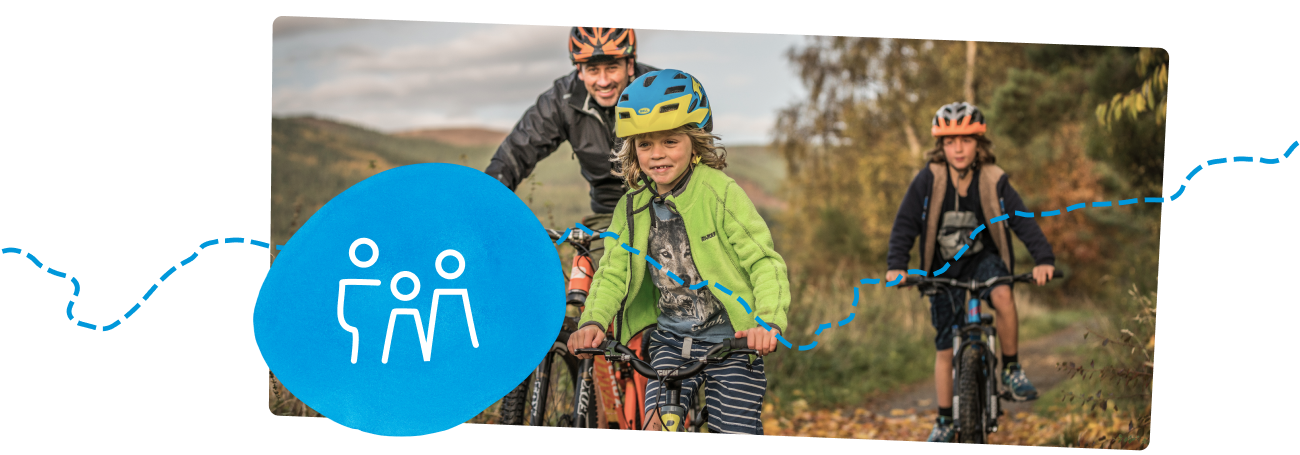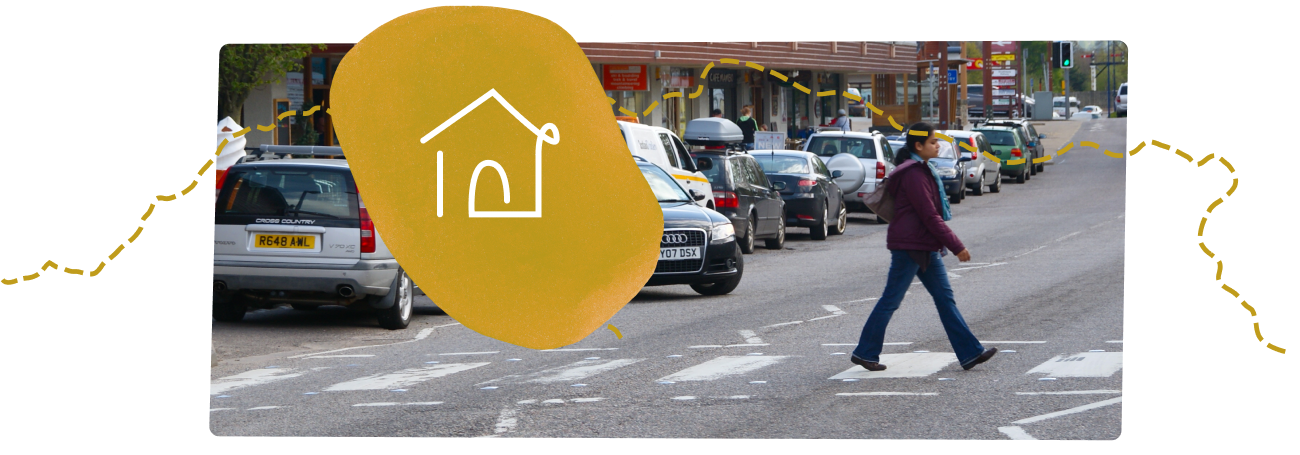Home
Policies
The consultation on the draft Cairngorms National Park Partnership Plan is now closed. You can still view the plan objectives below, or click here to download a pdf version.
Check out our latest news section for all the latest updates or email haveyoursay@cairngorms.co.uk if you have any queries or comments.
Nature policies 2022 – 2027
These are the policies that will help to deliver the long-term nature objectives and outcomes over the next five years.

Policy A1 The Cairngorms National Park will be net zero by 2045 at the latest and will contribute to the delivery of net zero for Scotland by 2045. This will be supported by:
|
Policy A2 The management and use of land should deliver multiple benefits and help deliver the Regional Land Use Framework. This will be supported by:
|
Policy A3 Enhance the resilience of habitats, species and land use to climate change, pest and disease risks, ensuring that the integrity of designated sites is maintained with a particular focus on:
|
Policy A4 Conserve and enhance the special landscape qualities of the National Park, with a particular focus on:
|
Policy A5 Conserve and enhance habitat quality and connectivity while ensuring the integrity of designated sites is maintained, with a particular focus on:
|
Policy A6 Conserve and enhance the species for which the Cairngorms National Park is most important, with a particular focus on:
|
People policies 2022 – 2027
These are the policies that will help to deliver the long-term people objectives and outcomes over the next five years.

Policy B1 Deliver a well-being economy in the Cairngorms National Park by strengthening existing business sectors, supporting business start-ups, developing green jobs, supporting diversification and maintaining the number of workers employed in the National Park through:
|
Policy B2 Support and build the capacity of communities to deliver their aspirations, with a particular focus on:
|
Policy B3 Provide high-quality opportunities for access and recreation whilst limiting negative impact on wildlife and communities, with a particular focus on:
|
Policy B4 Provide opportunities for inspiration, learning and understanding through engaging with people, with a particular focus on:
|
Policy B5 Support under-represented groups to visit, work and live in the National Park and ensure a Park for All, with a particular focus on:
|
Place policies 2022 – 2027
These are the policies that will help to deliver the long-term place objectives and outcomes over the next five years.

Policy C1 Enable sustainable patterns of settlement development, infrastructure and communications while maintaining the integrity of designated sites by:
See Policy B1 1), 10) and 11) - housing |
Policy C2 Support development of a low carbon economy, with a particular focus on:
|
Policy C3 Enhance the design and sense of place in new development and existing settlements, in particular:
|
Policy C4 Develop plans to help manage visitor pressure in key areas, including:
|
Policy C5 Promote sustainable tourism management, with a particular focus on:
|
Policy C6 Conserve and enhance the cultural heritage that helps to create the sense of place and identity of communities within the National Park by:
|
This engagement phase has finished

...
